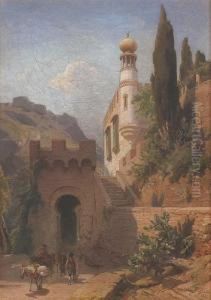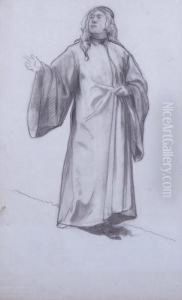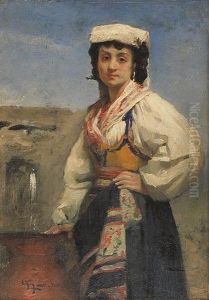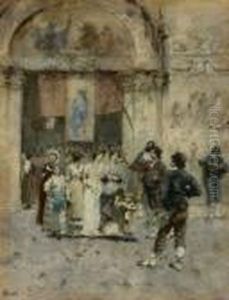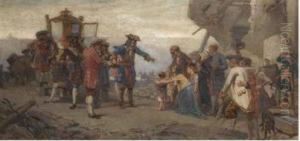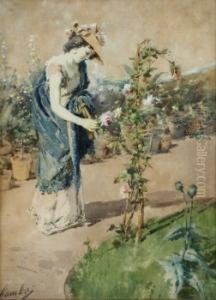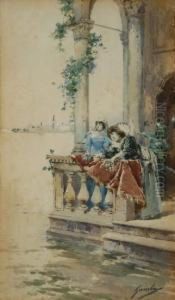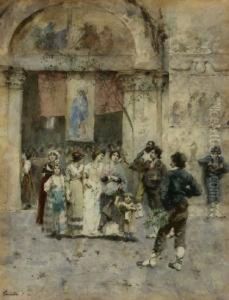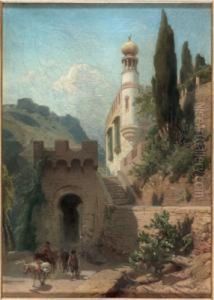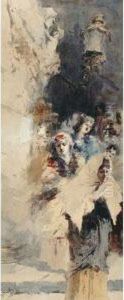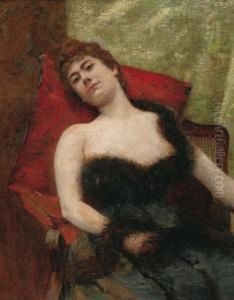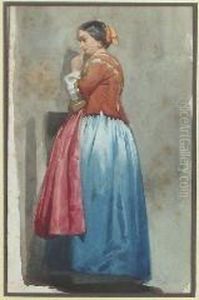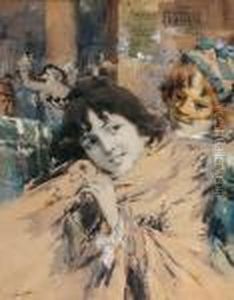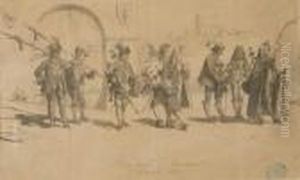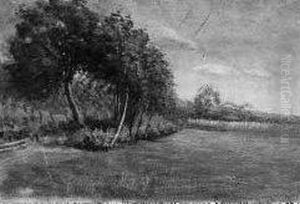Enrico Gamba Paintings
Enrico Gamba was an Italian painter, born in Turin on October 24, 1831. He is known for his genre scenes, historical subjects, and portraits that reflect the Romantic spirit of the time. Gamba's artistic journey began at the Accademia Albertina in Turin, where he studied under the guidance of the historical painter Carlo Arienti. His early works were influenced by the Italian Romanticism, and he sought inspiration from the Middle Ages and the Renaissance.
Gamba's style evolved over the years, and he became part of the Scapigliatura movement, a group of Italian artists and writers who rebelled against traditional academic standards. Despite this association, Gamba's work retained a certain degree of classicism, characterized by precise drawing and attention to detail.
Throughout his career, Enrico Gamba exhibited his works in various Italian cities, receiving accolades for his historical paintings. His works were also shown internationally, and he gained recognition outside of Italy. Some of his notable paintings include 'La Morte di Pietro Micca' (The Death of Pietro Micca) and 'L'Addio di Cairoli a sua Madre' (Cairoli's Farewell to His Mother), which showcase his ability to convey dramatic narratives and emotional depth.
Enrico Gamba's contribution to Italian art was significant during the 19th century, and his works are preserved in several Italian museums, including the Galleria d'Arte Moderna in Turin. He died on August 9, 1883, in Turin. His legacy continues to be studied and appreciated by art historians and enthusiasts of Italian Romantic and post-Romantic art.

